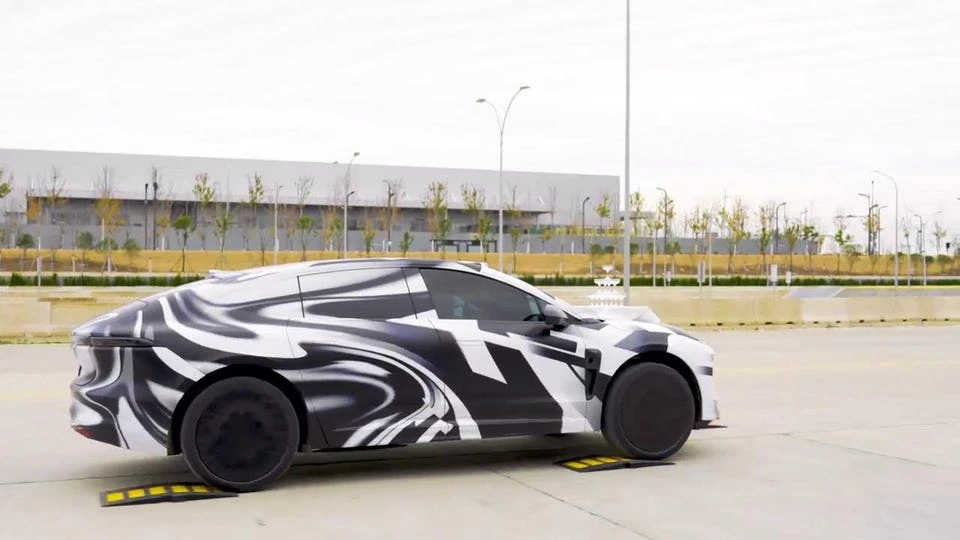NIO/ClearMotion Deal Suggests A Smooth Ride Ahead
ClearMotion, an automotive supplier specializing in control systems for the automotive chassis, has recently announced a groundbreaking deal with Chinese automaker NIO. The agreement entails NIO’s purchase of 3 million units of ClearMotion’s innovative active suspension system.
A Revolutionary Suspension System
ClearMotion’s active suspension system is designed to offer an exceptionally smooth ride, distinguishing itself from traditional systems by its capability to handle significantly rougher roads. One striking demonstration of its proficiency involved a ClearMotion test car driving over a simulated bumpy road while carrying a tower of delicate wine glasses on the hood, miraculously not spilling a single drop.
By relying on accelerometers rather than scanning the road or recorded data, the system exhibits impressive responsiveness, effectively stabilizing the chassis while allowing the wheels to adapt to the road surface. This technology not only promises an enhanced luxury experience but also possesses broader potential applications, particularly in autonomous vehicles.
Empowering Autonomous Transportation
Active suspension systems, such as the one acquired by NIO, have the potential to revolutionize the comfort and safety of passengers in autonomous vehicles. Today, motion sickness is a common issue for passengers, especially in autonomous driving scenarios where the absence of a human driver’s tactile awareness of the road can exacerbate disorientation.
By effectively eliminating the sensation of road irregularities, these advanced suspension systems may address motion sickness concerns, making autonomous transportation more appealing for passengers. Moreover, the technology holds the promise of enabling robotaxis to compete more effectively with traditional transportation modes such as trains, particularly in terms of ride smoothness and passenger comfort.
Redefining Road Infrastructure and Maintenance
As active suspension technology becomes more prevalent, its potential impact on road infrastructure and maintenance cannot be overlooked. It could lead to a paradigm shift, allowing for greater tolerance of lower-quality roads and potentially reducing the overall expenditure on road maintenance.
Furthermore, this technology may render lightly used roads more viable, decreasing the minimum maintenance requirement and making them more cost-effective for users. In urban environments, active suspension systems could mitigate the inconvenience caused by poorly maintained roads, offering a smoother and more comfortable driving experience.
Shaping the Future of Transportation Regulations
Beyond the influence on road conditions, the integration of advanced suspension systems may prompt significant changes in transportation regulations and infrastructure design. For instance, such systems could diminish the necessity for elements like speed bumps, as robotaxis could be programmed to adhere to speed limits without the need for physical interventions.
Moreover, infrastructure initiatives like velocity controls, which utilize specialized traffic lights to signal speeding violations, could gain prominence, contributing to a safer and more comfortable driving environment without resorting to physical obstacles.
Concluding Thoughts
While the ideal scenario would involve uniformly smooth and meticulously maintained roads across the globe, the reality dictates a different approach. As demonstrated by the NIO/ClearMotion deal and the emergence of advanced suspension technology, innovative solutions within vehicles themselves present a compelling opportunity to address the challenges posed by existing road conditions and infrastructure limitations.
Ultimately, as technology continues to evolve and permeate the automotive industry, the transformative potential of advanced suspension systems is poised to reshape the way we perceive and interact with our transportation infrastructure.
Source: forbes








No Comments